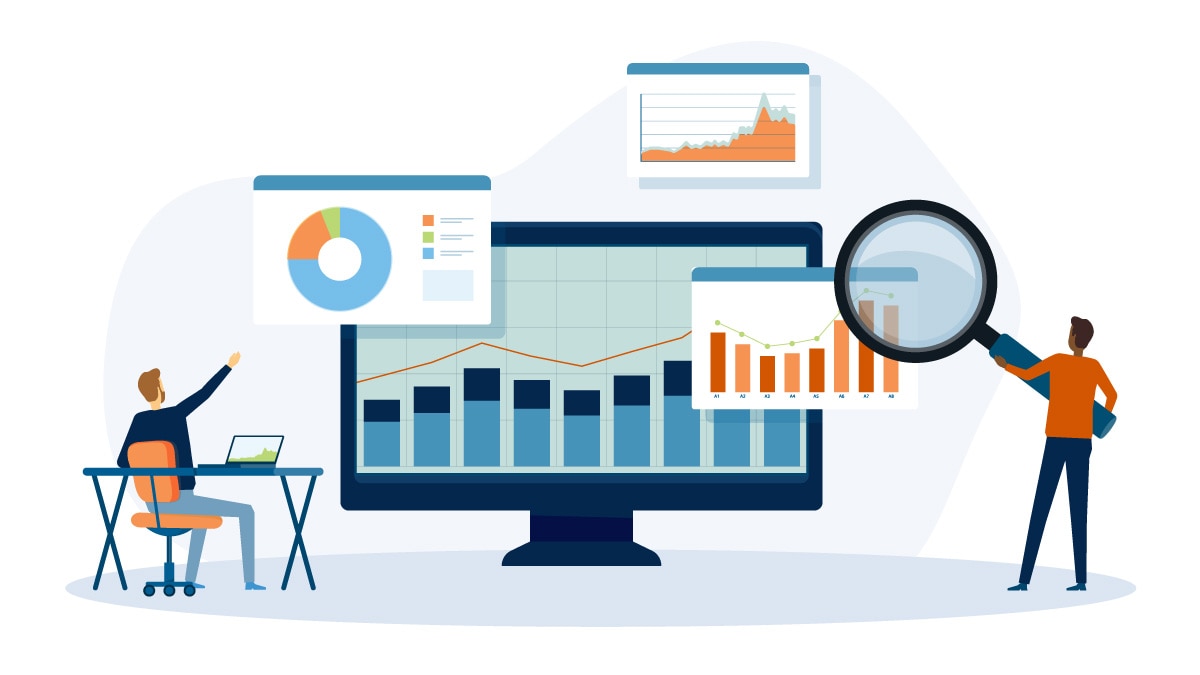What to know
- CFA's mission is to harness cutting-edge data analytics to improve response to public health emergencies.
- CFA provides data, models, forecasts, and analytical reports about diseases to decision-makers.

Insights for Respiratory Virus Season
CFA provides insights and products to support planning and response to the respiratory virus season, including a seasonal outlook, a Behind the Model on our scenario modeling, current COVID-19 and influenza epidemic trends by U.S. state, and forthcoming work on forecasting.
Behind the Model
CFA’s Behind the Model is a web series sharing the behind-the-scenes work of CFA and partners in generating models, forecasts, and other analytic products. We provide a high-level overview of methods and practical applications of our work for public health practitioners, healthcare providers, and the public.
Qualitative Analysis and Risk Assessments
CFA uses a range of quantitative and qualitative techniques in our assessments, which help support public health response and strengthen national security. When quantitative data are limited, we provide Qualitative Risk Assessments to rapidly assess the public health implications of an outbreak. Our Respiratory Disease Season Outlook provides decision-makers with information to assist with public health preparedness planning.
Modeling and Forecasting
CFA uses data, models, and analytics to assess public health threats. We use a range of modeling methods and approaches to help support public health response and strengthen national security. See our modeling and forecasting page to learn more.
CDC collaborations
CDC’s Center for Forecasting and Analytics (CFA), together with the Division of Viral Diseases (DVD) in the National Center for Immunization and Respiratory Diseases (NCIRD), have been analyzing measles data and creating models to explore potential scenarios and help us better understand measles outbreak risk in the U.S.
CFA has supported the Division of Viral Diseases in forecasting COVID-19 hospitalizations. These ensemble forecasts for COVID-19 hospitalizations provide early warning, giving leaders time to prepare for surge and planning activities to prevent infections.
